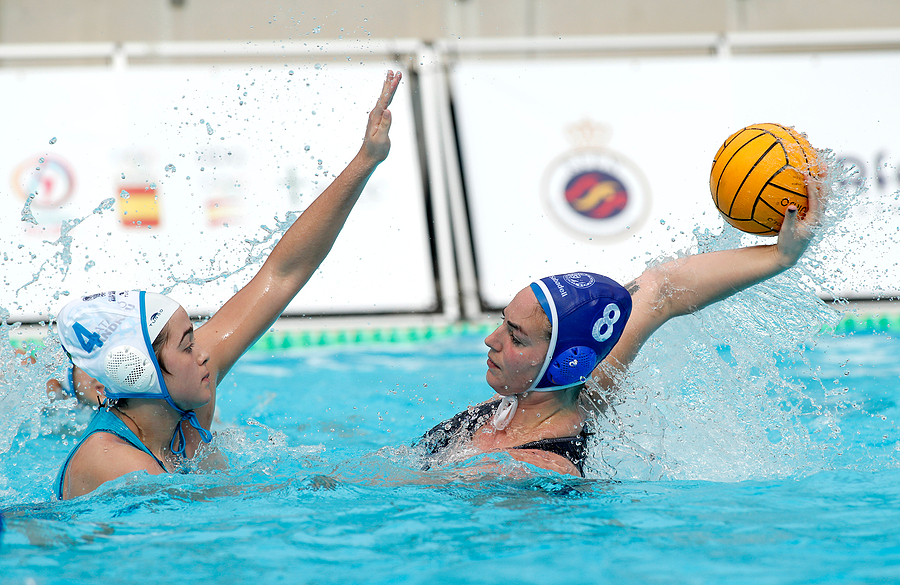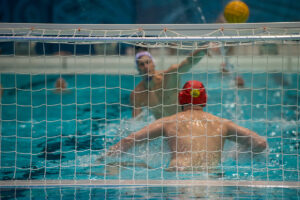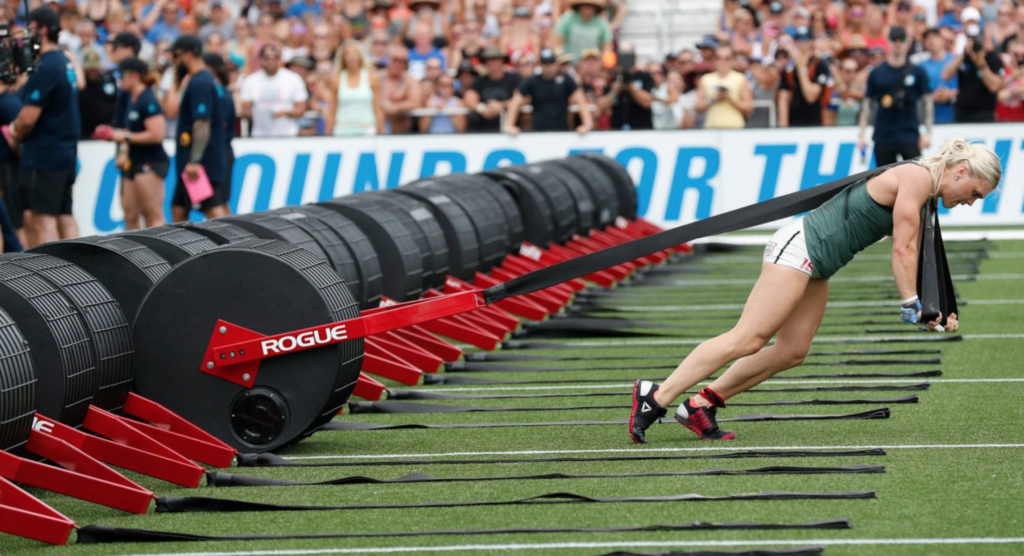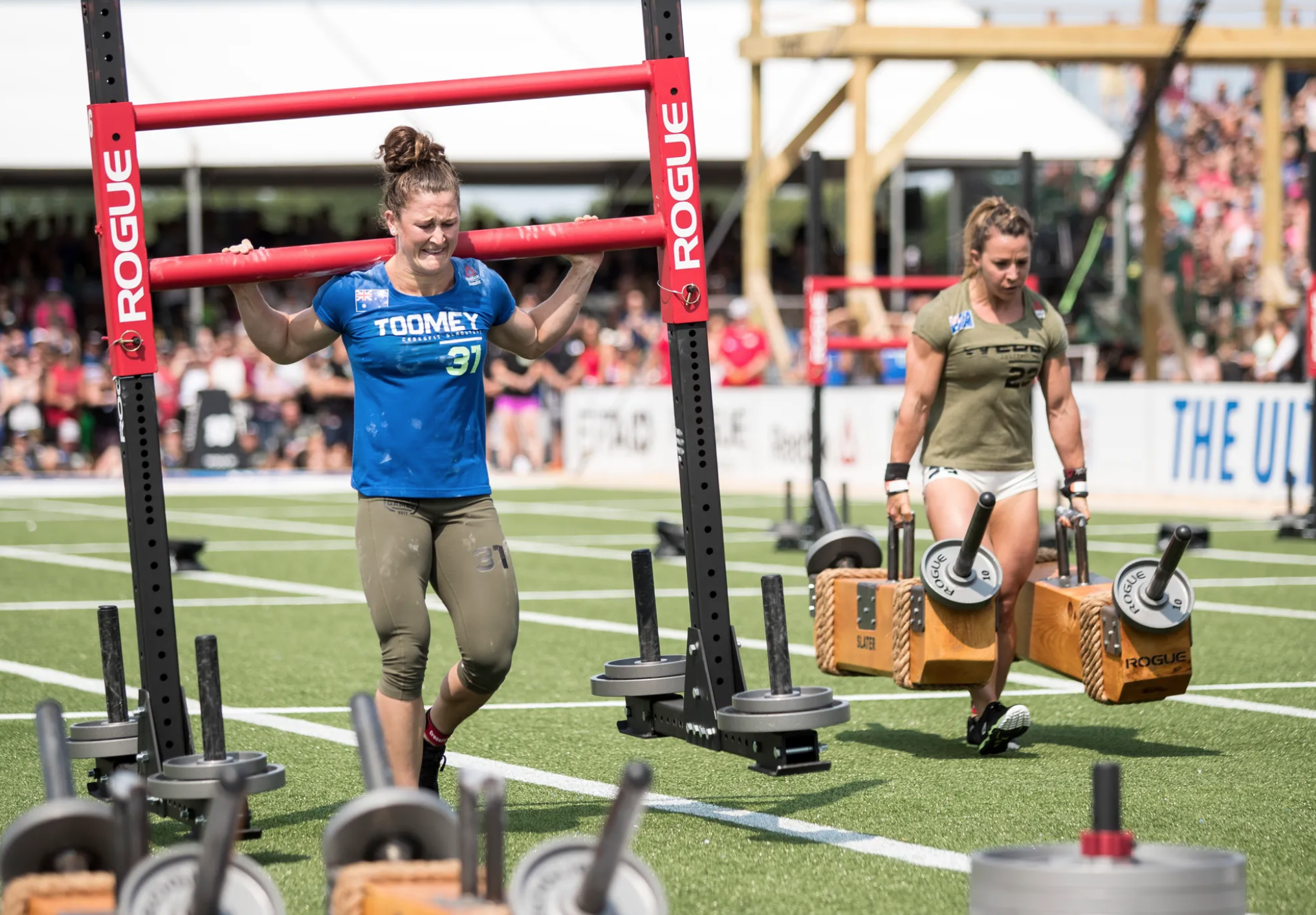
Water Polo Psychology: Giving Meaning to Mistakes
In the sporting world, there is a growing consensus that Water Polo is one of the most physically brutal and demanding sports around. To be a Water Polo player, you’ll need incredible core strength, endurance, and the ability to anticipate player movement based on visual cues in an extremely fast and dynamic competition setting. And – you’ll have to do all of that while keeping your head above the water.
Many similarities can be drawn between Water Polo and fighting sports such as Kickboxing and MMA. Cuts, bruises, knocked out teeth – it’s arguable that many of the principles that apply to Combat Sport psychology in terms of not getting hit also apply in the pool when you put two teams together in a body of water and ask them to fight over a ball.
Water Polo and Mental Toughness
What makes Water Polo so challenging mentally is the fact that it is a fast-paced and physically demanding team sport. At Condor Performance, one of the most common areas of concern brought up by the Water Polo athletes we work with is the desire to play at a high level consistently.
Like in many other team sports, in Water Polo, there appears to be some sort of pattern in performance, whereby individual playing ability is impacted by various external factors. For example, we often see player performance differ depending on which team they are playing against (for example, a highly ranked team, a team with older/more experienced players), and the perceived importance of the game (for example, a semi-final or grand-final match). When players are impacted by external factors such as these, we’re really seeing the impact of a diminished mental game on their physical game; fear of failure becomes a lot scarier, the consequences of letting the team down becomes more apparent, and the desire to win becomes even stronger.
Letting The Team Down
When playing as part of a team there is an element of safety in the sense that if the desired outcome is not attained it is not completely on any one individual. But with this, comes the idea of not wanting to let the team down – a commonly heard phrase with the work that we do.
My response to this is usually, “define letting the team down”. What I want to see here is how the player defines failure and mistakes so that they can be challenged. As is the case with a lot of mental skills it’s important for the water polo player to know the difference between a process and an outcome and the superior amount of influence over the former. In other words, it’s far better for mistakes to be used when referring to failures of the process whereas they tend to get used when talking/thinking about outcome failures. More on this later.
Humans Are Social Creatures
Something important to acknowledge here is that humans are social beings. From an evolutionary point of view, by living in groups and through reciprocity we give ourselves the best chances of survival. Because of this, we are hardwired to get others to like us; to do things that benefit others in our “groups” so that in situations where we need help, the favour will be returned. Unfortunately, this creates a lot of mental obstacles for athletes in team sports.
When we make a “mistake” (an occurrence in the game ultimately benefitting the other team) this often sends us into a bit of a panic. Something Water Polo players will often say to us after making a mistake is it’s hard to forget about it and move on. This increases the likelihood of them making a subsequent mistake. It makes sense why players are often so afraid to make a mistake in the first place, as often this seems to set the tone for the rest of the game.
With repeated mistakes, players often fall into the trap of generating possible ideas about what their team, their coach and others think about them (social hardwiring comes in here), and without being unable to “unhook” from this players have the potential to become fused with these thoughts. From our point of view, at this point, the game is pretty much over.
Challenging The Idea of Mistakes
For players who struggle to come back from “mistakes,” our goal would be to redefine their idea of a mistake. Society today has fostered a culture of perfectionism, so many of the athletes we speak with across both individual and team sports come to us with the idea that game errors are purely negative occurrences, often forgetting the importance of doing things wrong so that we can learn to get them right at a later time.
Rather than evaluating these game occurrences as positive or negative, we want to just notice them. Not necessarily judge whether or not they’re good, bad, helpful or unhelpful, but rather extract some piece of objective information. For example, “maybe my position in the water was too low; through kicking with a little bit more speed and power I can get my body a little bit higher in the water.” Rather than getting caught up in the nature of the occurrence, we can take the opportunity to correct our form and refine our skills.

It’s Those Skills We Mess Up That We Eventually Master
Reflecting upon my own training in the pool, it was those skills that I didn’t get right at times that I still remember today. There’s just something about making a mistake, identifying the issue, problem-solving and receiving feedback that creates a more in-depth and memorable learning experience, often leaving the skill to sink in a little bit deeper than those skills we never get wrong or get right straight away.
For Water Polo players or any team athlete, the goal of our work with relation to overcoming mistakes would be to reframe the way they perceive game day errors. Over time what we want to try and do is help them shift their cognitive response to one that views the occurrence as a learning experience rather than a mistake; an opportunity to learn a skill, refine technique and make us 0.1% better than we were yesterday. We usually like to start this work by having a discussion around the stats of professional athletes. One of our favourite examples is Michael Jordan:
“I’ve missed more than 9,000 shots in my career. I’ve lost almost 300 games. 26 times, I’ve been trusted to take the game-winning shot and missed. I’ve failed over and over again in my life. And that is why I succeed.”
Michael Jordan
So we’re talking about the greatest basketballer of all time here, making countless “mistakes” – missing thousands of shots, some of which lost his team the game. So why is that we call Michael Jordan the best basketball player in the world, despite the fact that over the course of his career he’s missed thousands of shots – what makes him the best?
Crediting Successes to Mistakes
What makes him, and all the other elite athletes we know today the best is their response to mistakes. Rather than how they place when things are going their way, it is their response in the face of adversity that makes them the best at what they do. Anyone can play a good game when things are going their way, but what makes an athlete elite is how they play when things aren’t.
We do have a choice at the end of the day – to let the mistake define us or to give meaning to the mistake. With the assistance of some mindfulness-based exercises often this choice is a little bit easier. Something important to keep in mind is that our default cognitive and emotional response to a mistake is always going to be an uncomfortable one, but for those who are willing to learn to sit with those inner thoughts and feelings and take something away from the experience, you’re already halfway there.
How We Define a“Great Athlete”
If there’s one message I’d like you to take away from this piece, it is that a great athlete is defined not by their best game, but by how they respond to and learn from their worst game. The best athletes across all water sports and beyond credit their successes to the mistakes they made (and continue to make along the way), and that is what makes them the best.
If you’d like a hand in doing this, get in touch.




